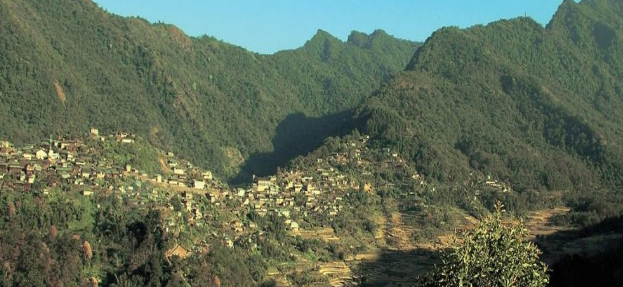Forest Blog

Step into a world where every corner of the land tells a story of life in its most diverse and vibrant forms. This is what biodiversity in India truly feels like—an ever-evolving masterpiece of nature. From the snow-capped peaks of the Himalayas to the sun-kissed beaches of the coasts, our nation is home to over 8% of the world’s total species—each one contributing to a complex, delicate web of life. But beneath this beauty lies a world of challenges and nuances that we must navigate if we are to preserve what makes us unique.
Our biodiversity has evolved over millions of years, shaped by the diverse climates and terrains we call home. From the majestic Bengal tiger in the forests to the colorful reef species in our coastal waters, many of these organisms are found nowhere else on Earth. This evolutionary richness is a testament to the resilience of nature, but its also fragile. Over time, we have witnessed how human activity—from urban sprawl to poaching—has created deep cracks in this delicate balance.
Luckily, the government has stepped in with various interventions aimed at curbing biodiversity loss. Initiatives like Project Tiger, National Wildlife Action Plans, and the creation of Biosphere Reserves have been pivotal in conservation. Legislation such as the Wildlife Protection Act (1972) and Forest Conservation Act (1980) has given legal backing to these efforts, helping protect endangered species and vital habitats. We have also been part of international efforts, such as the Convention on Biological Diversity, to align our actions with global conservation goals.
Yet, the challenges persist. Rampant deforestation, overexploitation of natural resources, and climate change continue to threaten our ecosystems. The rising human population, increasing industrialization, and illegal wildlife trade are putting immense pressure on our rich biodiversity.
To overcome these hurdles, we need to take a more holistic approach—one that blends traditional knowledge with modern conservation science. Strengthening community-based conservation efforts, enforcing laws with more rigor, and promoting sustainable development practices will be key. Only by working together can we ensure that future generations inherit the same rich natural heritage that defines our nation.


